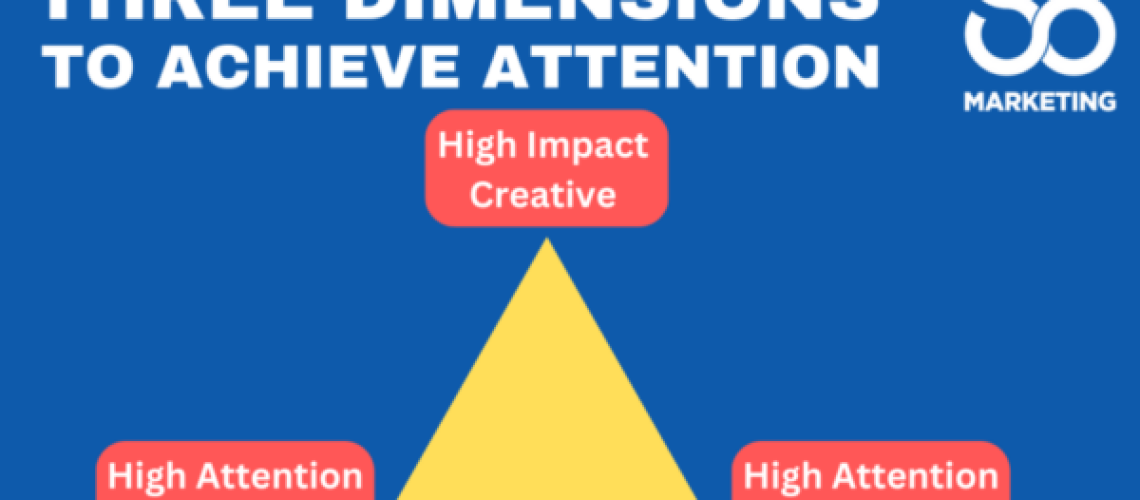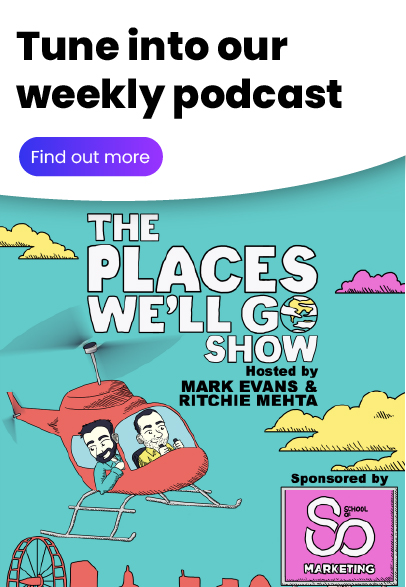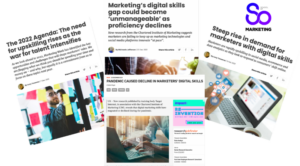Much work has been done to establish that channels significantly influence the extent consumers engage with advertising.
No matter how good the creative is, the laws of channel elasticity apply and bind viewability within defined limits.
Right channel, right creative
As part of this effect, researchers such as Professor Karen Nelson-Field established the distinction between high and low attention channels.
Her premise was that certain channels garner higher levels of elasticity, i.e. more viewability, when high-impact creative is applied. In this scenario, there is also a strong link to business and performance outcomes; recent work found that it increases attention levels by as much as 75%.
On the other hand, low attention channels limit viewability regardless of how good the creative is.
This research takes our understanding of consumer behaviour to new heights, and planners worldwide will undoubtedly activate it.
So when it comes to consumer attention, we know creative matters, channels matter, and the right combination of the two matters most.
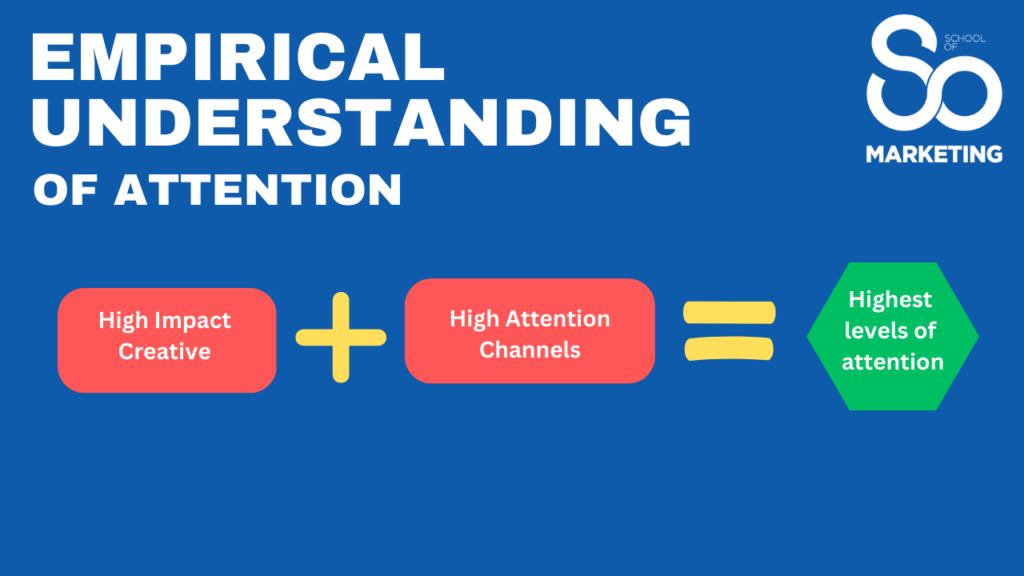
Third dimension: Context
However, in a world of micro-targeting, geo-specific ad placements and programmatic technology, there is one more vital ingredient to consider.
And that is the role of context in which a consumer is exposed to an advert. This is equally important as creativity and channel in making an impact.
So the optimal balance is not;
high impact creative + high attention channel = highly effective advert
Oh no. Instead, we need to consider this across three dimensions.
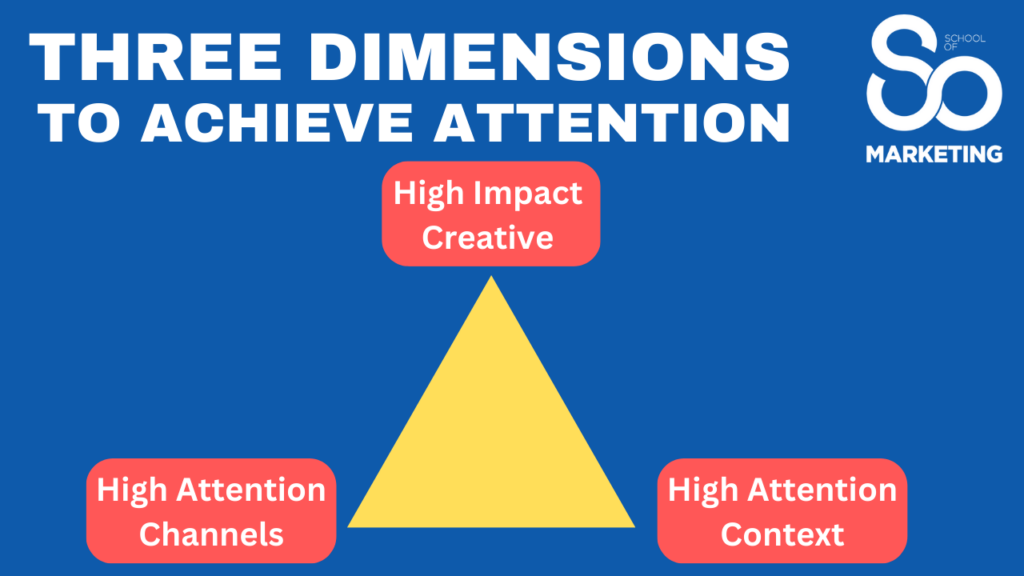
High vs low attention contexts
I propose that just like there are both high and low attention channels, high and low attention contexts exist as well.
Depending on whether you view an advert in one of either contexts also has a significant bearing on your ability, and desire to absorb, remember and act on a message.
The good news is that given the hyper-localised targeting and placement options we can gain an even more significant effect from our advertising efforts by incorporating this element.
What is a high vs low attention context?
There are four factors to consider that determine a high vs low attention context; environment, mood, active attention and specific seeking.
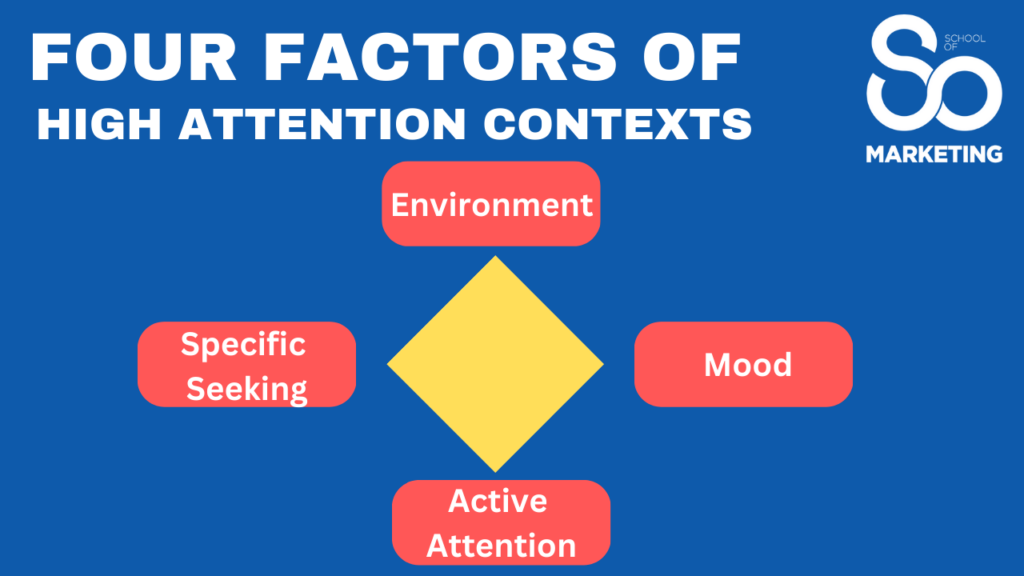
Let’s go through each and discover how they can be applied and incorporated into marketing plans.
1. Environment
The environment in which your audience see a communication has a major influence on their levels of receptiveness.
An excellent article in Marketing Week by Shotton and Hammer-Lloyd articulates this point well. They say,
“We are more likely to remember something if we’re in the same place we were when we learned it.
There’s a 1975 study that explored this to a fairly extreme extent. Duncan Godden and Alan Baddeley at the University of Sterling asked divers to learn words underwater, and on the beach. They found that participants were far better able to recall the underwater words when back underwater than on dry land.
In fact, when learning and recall location were the same (e.g. both on land), they recalled 46% more words than when learning and remember location were different (i.e. dry land and underwater).”
The key lesson here is to have ad placements in the places you want your customers to remember you in the future. It will help your audience draw associations between your brand and make it crystal clear where, when and how it should be consumed.
Being practical, if you were a drinks brand, for example, having your customers see you in places where they are most likely to drink your drink gives you a huge advantage when it comes to re-call and action.
Furthermore, representing where you would like your product to be consumed can have dramatically positive effects.
For instance, a recent Carlton Draught advert was centred in exactly the type of pub they would want their consumer to consume the product.
Of course, this also plays to their brand strength and heritage.
In a recent interview they said,
“Our proud tradition of brewery-fresh beer dates back to 1864 when the first batch of Carlton was delivered to pubs by the same Clydesdales that grace our taps today. This ad is for everyone who cherishes the pub, and we want it to help get people back to their local. Pubs are in our DNA, and we’re proud to support them.”
2. Mood
Shotton and Hammer-Lloyd, refer to a seminal study conducted by Fred Bronner of the University of Amsterdam. The study looked to understand the extent to which a consumer’s mood determined their level of re-call.
Here is an extract from their article;
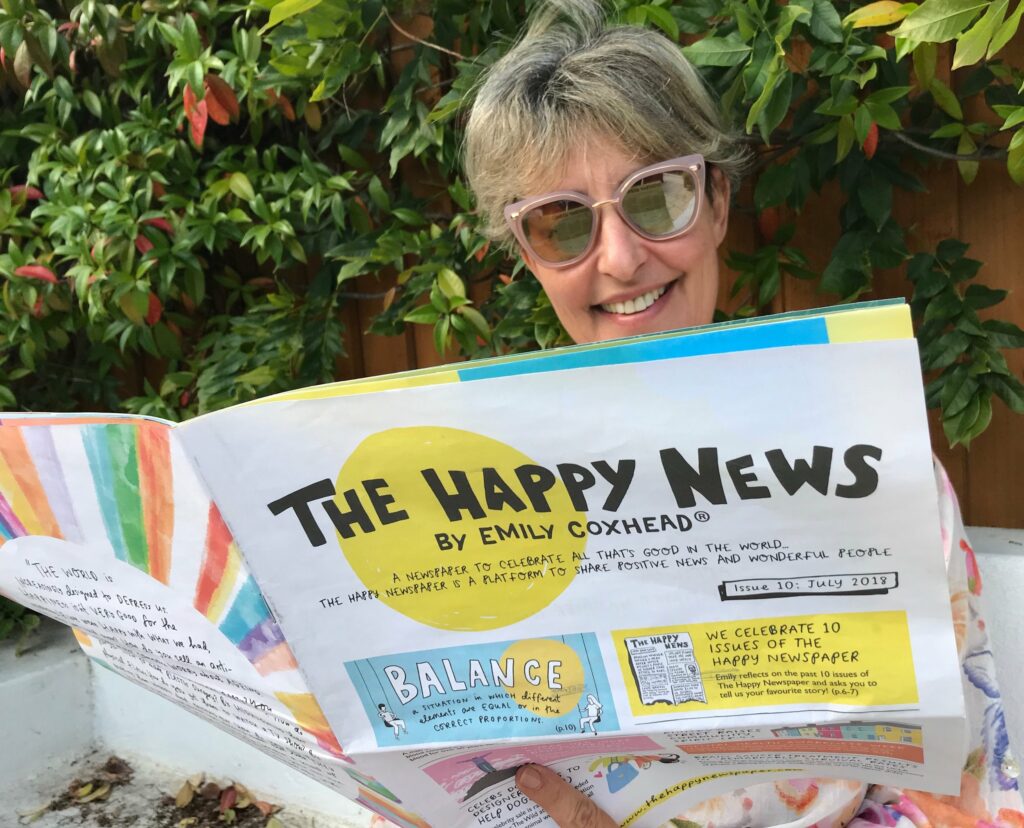
“(Bronner) asked 1,287 participants to flick through a newspaper. Afterwards, he questioned them as to which ads they remembered. He also asked about their mood and stress levels.
The results showed that those feeling positive and happy recalled 52% of ads. Unhappy readers recognised only 35%. Relaxed participants identified 54% of ads, but those who were stressed, just 36%.”
They rightly concluded that it’s essential to reach your audience when they are happy and relaxed, which will lead to higher levels of recall.
This has significant implications on both when and where ad placements are considered. Think of the times when your audiences are likely to be in a calm state, for example, in the evenings and weekends. Plus, where do they go to unwind and relax.
Taking the point one step further, it forms part of why advertisers want to be associated with major live and sporting events and national celebrations, such as the King’s Coronation.
By attaching themselves to moments of sheer fandom and positive elation, they are able to get consumers at the right time (and in the right mood). In addition, they aim to build positive association’s between the event and their brand, which the consumer will remember for years.
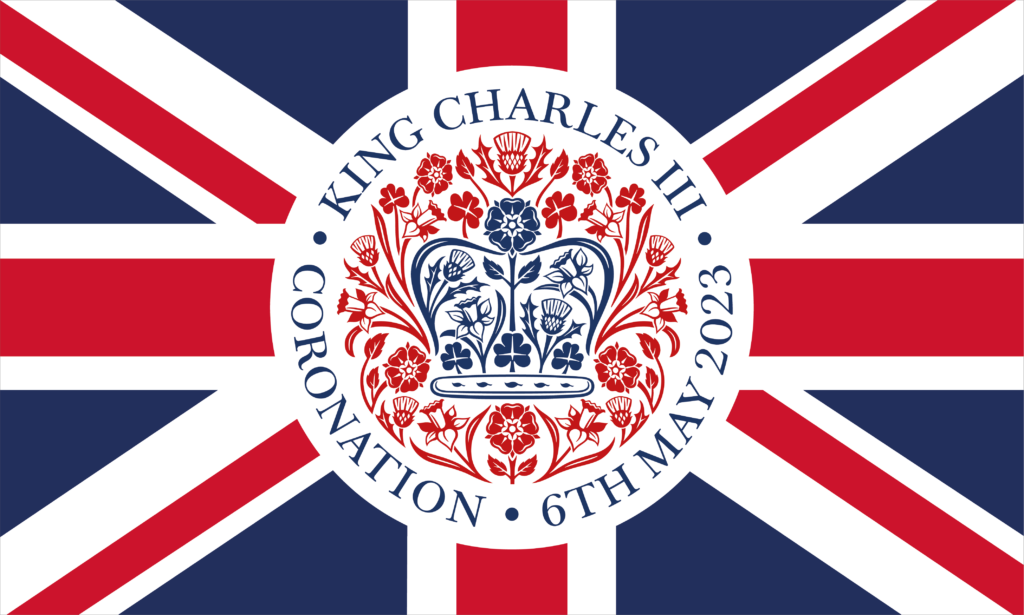
Kinda like I recall that amazing Coldplay concert I recently went to, where they partnered with DHL (I can’t believe I remembered their partnership, but it’s because it was an occasion I’d never really forget).
3. Active attention
Professor Karen Nelson-Field identified that as an industry, we are too focused on outward measures and metrics and not enough on the human state when viewing an advert.
She coined the term, ‘active vs passive’ levels of attention to mean the level of focus and concentration we give to an advert when consuming it.

Sitting glued to the TV screen without distractions and “taking in” an advert message would be considered ‘active’. While, dealing with your crying baby, while on your phone and your TV is on in the background with the latest Samsung advert is, well, ‘passive’.
Her core argument was that to an ‘ad impression’ both scenarios are weighted equally, but to an advertiser, there is a world of difference.
So in this respect, your ability to catch your audience when they are at their most attentive dramatically improves effectiveness.
Again, being practical, and thinking about the moments when we are more likely to have an audience’s full and undivided attention is important. It’s probably why advertisers love prime-time TV or, indeed, the cinema. But it can extend beyond this based on the audience, such as post-kids bedtime for young families.
4. Specific seeking
The final element in determining a high-attention context is whether someone is in the market for what you provide.
A multiple billion dollar performance marketing industry exists to identify when a consumer is “in-market”.
Of course studies from the LinkedIn B2B Institute and Ehrenburg-Bass Institute have shown that at any given time, less than 5% of your audience will be in-market.
However, if you know when it is, it’s undoubtedly powerful intel. This is where the world of proxy indicators becomes essential.
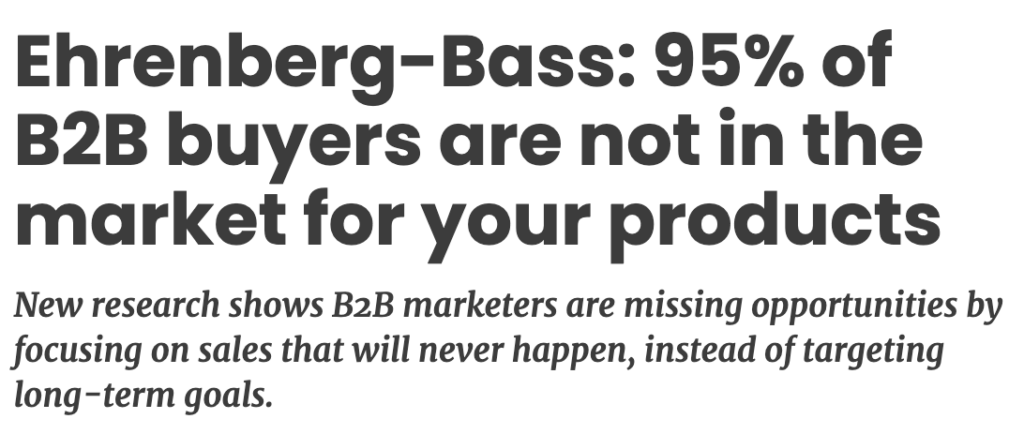
If you know someone is on their phone, on-route to a location, and they search for nearby hotels, they will likely be in-market to book a hotel stay that day. You can then supercharge your efforts around this moment; time-bound offers, re-targeting and social proofing your way to a conversion.
Undoubtedly, being front of mind when a consumer needs what you offer is powerful. But, of course, it requires a certain amount of pre-mental priming so the audience has at least heard of you and thinks positively about your brand, before their moment of truth.
It’s where the concept of mental availability comes into play—suggesting that it’s not good enough to turn up, almost magically, in the hour of need. Rather, if you have been around the block and the audience is familiar with your brand, and then you turn up at the right moment, you are likely to be a winner.
Channel, Creative and Context
Now, that we can understand the determinants of high-attention contexts, we must bring this back to form the holy trinity, so to speak, of high-attention channels, high-impact creative and high-attention contexts.
Combining these three forces brings a new level of understanding of when consumers will be most receptive, open and in the right frame of mind to our communications.
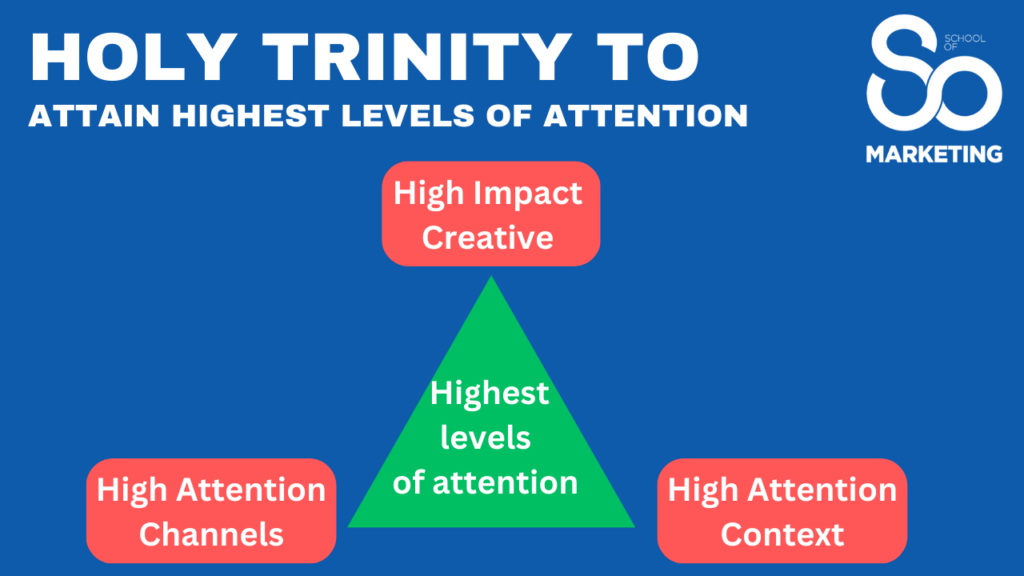
But without context; channels and creative will only ever go so far.

